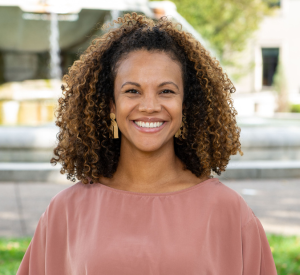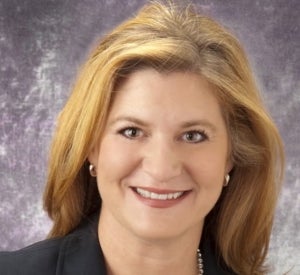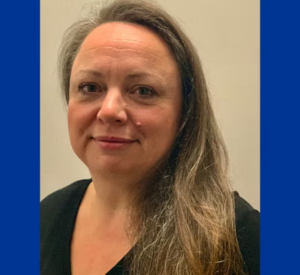How will the next generation of health care providers respond to the needs of their patients? What are students learning today that will impact their future practices? And what are we at SHRS doing to attract the best and the brightest and support them on their journeys to become leaders in their fields?
Pique Interest Among Teens
According to Kathryn Reed, assistant professor and vice chair for Equity, Inclusion and Community Engagement, Department of Physician Assistant Studies (PAS), it all starts by identifying and mentoring the youngest students. “There is not only a great opportunity, but also a responsibility, to mentor youth in our communities and nurture future health care professionals,” notes Reed.
Current PA students had an idea. “They expressed a desire to work with residents of the community of Pittsburgh, specifically younger students, who may not be aware of the different School of Health and Rehabilitation Sciences career opportunities available,” continues Reed.
Through the newly created Future Health Care Provider Outreach Program (FHCPOP), the PA students hoped to increase the proportion of underrepresented individuals in medicine and health sciences programs, which would lessen the impact of provider bias and ultimately improve health equity and reduce health disparities.
At the launch event in July, nine faculty members from six academic disciplines as well as current SHRS
students met with 65 high school students from The Neighborhood Academy, an alternative school devoted to helping students achieve their unique goals.
Programming began in the fall of 2022. During weekly sessions at the SHRS Wellness Pavilion in Homewood, the teens gain insight into various health care professions, what steps they need to take now to prepare to enter those fields, and how different professions work together to provide optimal care for patients.
It’s not all talk. Interactive workshops give the teens hands-on experience learning real-world skills. Interdisciplinary teams of SHRS students and faculty demonstrate suturing, casting, cranial nerve testing, gait evaluations, vision exams and other medical procedures.
As an added incentive, the teens are given their own treatment bag. Each week they receive a piece of durable medical equipment, such as a blood pressure cuff, Taylor reflex hammer, Snellen eye charts and a stethoscope, and they learn how health care professionals use those devices to diagnose or assess a patient.
“The idea is to remove every barrier that prevents young people from thinking about their futures and the steps they need to take to achieve their goals,” says Reed.
Provide Opportunities for Diverse Populations
Health care providers across the country agree there’s a growing demand for more providers who come from backgrounds similar to the patients they serve. To that end, the Department of Physical Therapy (PT) initiated a program known as Advancing Diversity in Physical Therapy (ADaPT@Pitt) to engage and recruit diverse undergraduate students into graduate PT education.
Between January and June 2022, a series of 10 career exploration activities gave undergraduates the opportunity to engage with more than 350 professionals, current Doctor of Physical Therapy (DPT) students and other students interested in the field of physical therapy.
“The highlight of our first year—and undoubtedly a highlight of my professional career—was the Summer Scholar Experience,” says ADaPT Program Director and Assistant Professor Tara Ridge-Hankin.
During the week-long immersive event, 12 undergraduate scholars had the opportunity to stay on campus and participate in hands-on workshops. It was a fully funded experience that included clinical observations, networking opportunities with 59 different PT professionals, didactic sessions and pre-admission support activities.
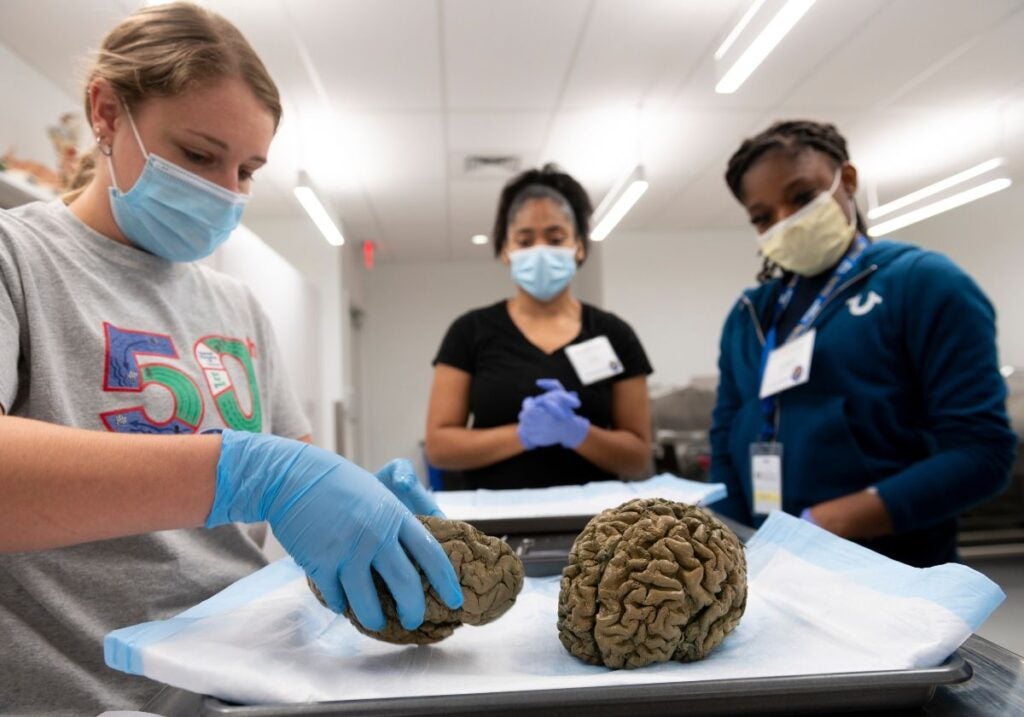
Scholars participated in interactive sessions to help them craft a personal statement, request letters of
recommendation, and receive tips on completing a quality application. They had one-on-one advising sessions with faculty and mentors to increase the overall competitiveness of their application to DPT programs.
“Coming into the program, I already knew I wanted to apply to PT school, but this experience solidified my decision even further,” says Ann Iniguez (BS ’22). “Getting information on how to properly ask for letters of recommendation and knowing what traits the universities look for in applying to PT school was especially helpful.
Ann Iniguez
“We are underrepresented in the health professions, so it was important to see that it is possible for me to achieve my goals.”
Ridge-Hankin says the Summer Scholar Experience was developed after reviewing best practices and diversity pipeline models in graduate health programs such as medicine, dentistry and optometry. “Our goal with ADaPT@Pitt and the Summer Scholar Experience is to reduce systemic barriers that have prevented historically underrepresented populations from entering the physical therapy profession,” she adds.
Encourage Advocacy and Service
In May, four students from the Prosthetics and Orthotics (P&O) program traveled to Washington, D.C., to participate in the annual American Orthotic and Prosthetic Association (AOPA) Policy Forum. Along with more than 100 P&O providers, patients and stakeholders from 31 states, they met with members of the U.S. Senate and House of Representatives to educate and urge support for the Medicare Orthotics and Prosthetics Patient-Centered Care Act.
The new legislation will ensure that those living with limb loss or limb difference will have access to custom-fit orthoses delivered by licensed, credentialed and trained professionals. It aims to reduce waste, fraud and abuse as well as the burdens P&O providers often experience when trying to provide safe and effective patient-centered care.
Second-year P&O student Allysa Meinburg says she wanted to attend the Policy Forum to gain a better understanding of how insurance coverage affects the P&O provider’s ability to prescribe and administer devices and care to patients. “Under the new legislation, P&O care would no longer be viewed through the lens of durable medical equipment, but through a more appropriate, service-oriented regulation,” says Meinburg. “I wanted to learn what is being done and what I can do to advocate for more equitable care for my patients.”
“Attending the Forum was a great way to learn about the crucial aspects of advocacy at the highest level. Observing interactions between policy makers and professionals in the field also provided insight as to what it takes in order to illicit change while maintaining and establishing new relationships.”
Alex Simmons
“While you are a student, it is easy to become so focused on what is in front of you that you don’t really see the bigger picture,” continues Helena Hall (BS ’19). “I chose this field to be able to help patients in all the ways that I can. Learning how to advocate for them is one way that I can try to help improve not only the care that I provide, but the care that the profession provides as a whole.”
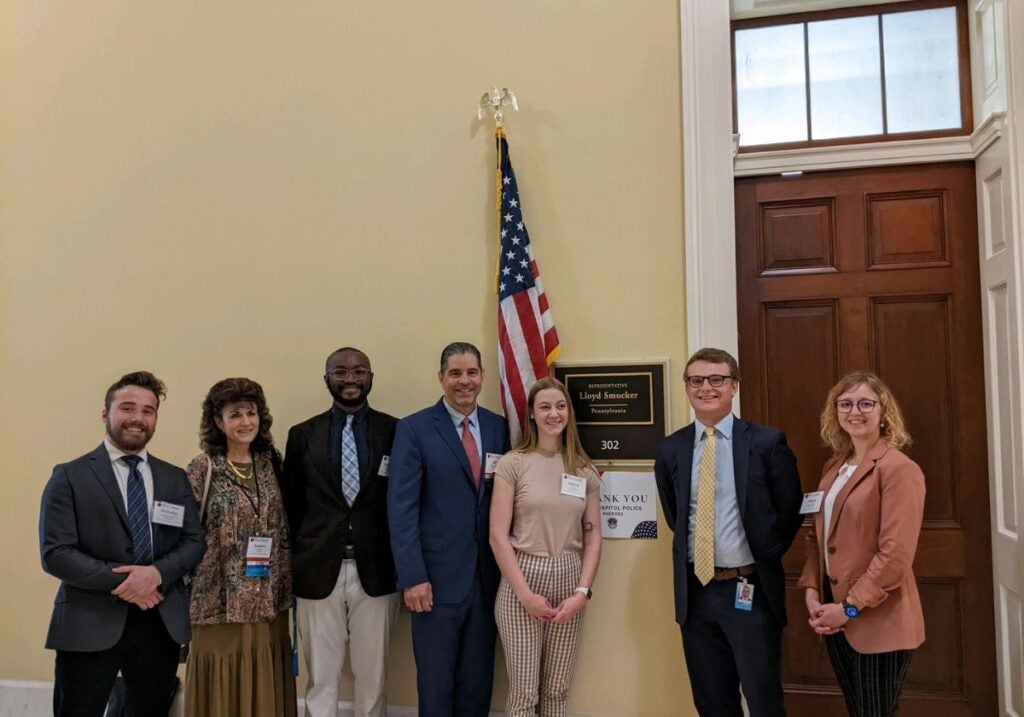
Program Director and Assistant Professor Helen Cochrane is proud of the efforts of her students. She admits that policy and advocacy have always been an important part of her career and frequently uses examples from her own experiences in conversations with her students.
“I want them to be aware of how these activities relate directly to clinical practice,” notes Cochrane.
“Advocacy, policy and politics are the most impactful ways we can ensure users of orthotic prosthetic services receive the highest quality of service,” she continues. “Changes at the policy level enshrine protections for all users, not just those who can afford the best possible care.
“By instilling these values in our students, we can be sure they will continue to be advocates for their patients throughout their professional careers.”
“At the Forum we met representatives from all over the country,” explains student Nicholas Gardner. “It was fantastic to learn there are many more people in this profession who are as motivated as I am to make a difference. It made me all the more excited to get out into the field.”

